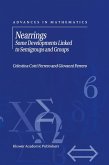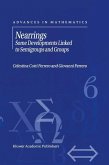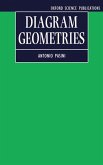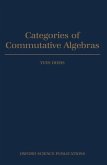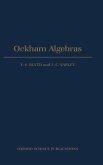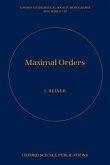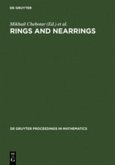Nearrings arise naturally in various ways, but most nearrings studied today arise as the endomorphisms of a group or cogroup object of a category. These nearrings are rings if the group object is also a cogroup object. During the first half of the twentieth century, nearfields were formalized and applications to sharply transitive groups and to foundations of geometry were utilized. Planar nearrings grew out of the geometric success of the planar nearfields and have found numerous applications to various branches of mathematics as well as to coding theory, cryptography, the design of statistical experiments, families of mutually orthogonal Latin squares and constructing planes with circles having radius and centre even though there is no metric involved. Even though nearrings may lack the extra symmetry of a ring, there is often a very sophisticated elegance in their structure. It has recently been observed that there is an abundance of symmetry in finite cirucular planar nearrings, which disappear if the nearring is a ring.
Although Nearrings arise naturally in various ways, most nearrings studied today arise as the endomorphisms of a group or cogroup object of a category. During the first half of the twentieth century, nearfields were formalized using applications to sharply transitive groups and to foundations of geometry. This book details the theoretical implications of how planar nearrings grew out of the geometric success of the planar nearfields and have found numerous applications to various branches of mathematics as well as to coding theory, cryptography, and the design of statistical families of mutually orthogonal Latin squares and constructive planes. As the author here illustrates, nearrings may lack the extra symmetry of a ring but there is often a very sophisticated elegance in their structure and, in finite circular planar nearrings, an abundance of symmetry.
Hinweis: Dieser Artikel kann nur an eine deutsche Lieferadresse ausgeliefert werden.
Although Nearrings arise naturally in various ways, most nearrings studied today arise as the endomorphisms of a group or cogroup object of a category. During the first half of the twentieth century, nearfields were formalized using applications to sharply transitive groups and to foundations of geometry. This book details the theoretical implications of how planar nearrings grew out of the geometric success of the planar nearfields and have found numerous applications to various branches of mathematics as well as to coding theory, cryptography, and the design of statistical families of mutually orthogonal Latin squares and constructive planes. As the author here illustrates, nearrings may lack the extra symmetry of a ring but there is often a very sophisticated elegance in their structure and, in finite circular planar nearrings, an abundance of symmetry.
Hinweis: Dieser Artikel kann nur an eine deutsche Lieferadresse ausgeliefert werden.


